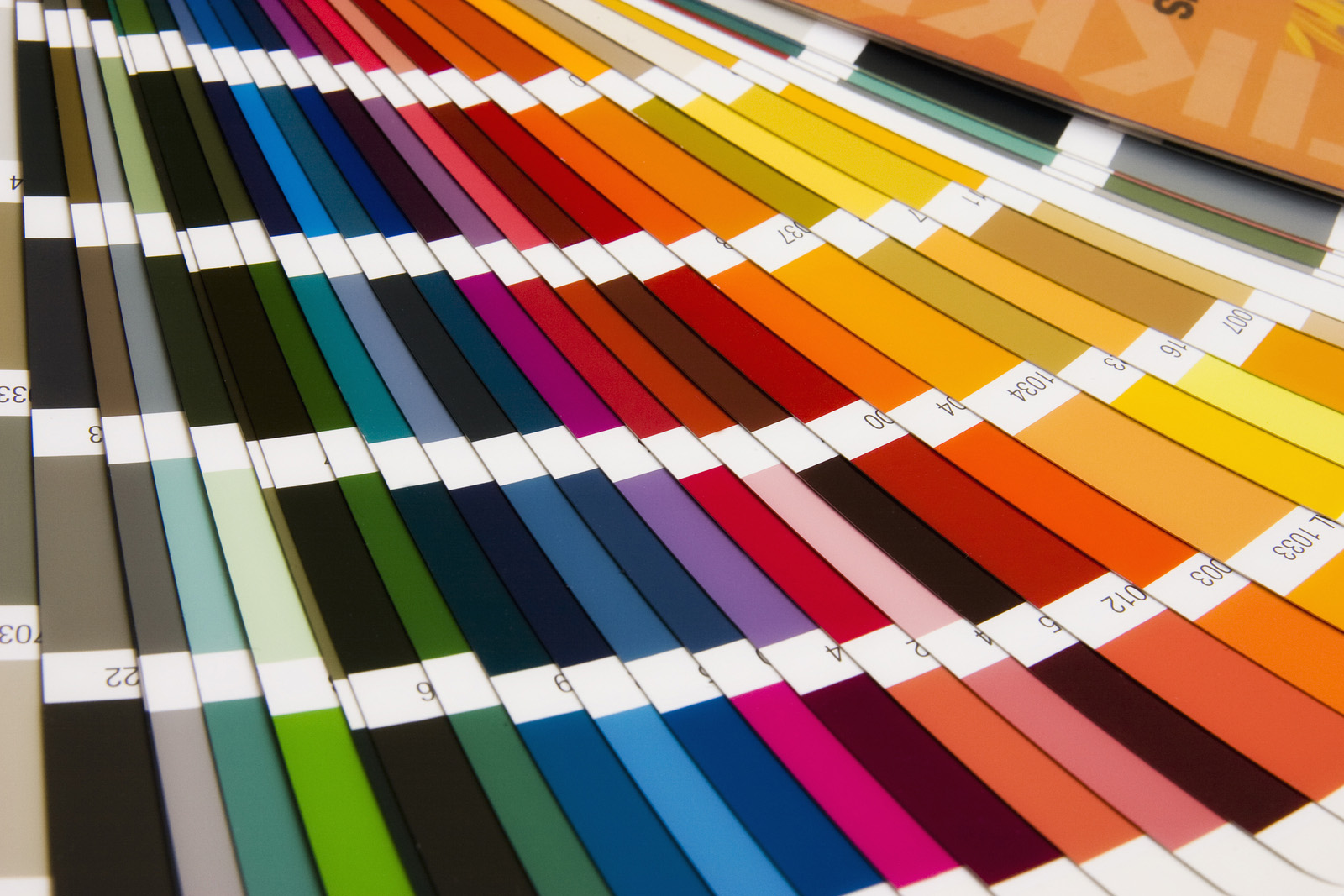
Taco Bell Serves Up a Mean Social Media Strategy
January 14, 2014
An Introduction to Graphic Design for Marketing
January 21, 2014In 1739, Poor Richard said “a watched pot is slow to boil.” In 2014, the same message can be applied to inbound marketing results. Many businesses who adopt an inbound strategy — especially those who were wary of trying it in the first place – expect quick and easy results. That is unrealistic thinking. To be successful, a lot of time and effort must go into your inbound strategy.
If you’ve implemented some form of inbound marketing in 2013, you might be wondering: Why haven’t I seen results yet? Am I doing something wrong?
The answer
There is no black-and-white answer – just that success won’t happen right away. Expecting to see immediate inbound marketing results is the equivalent of expecting to lose weight after your first workout. As with weight loss, some will see results quicker than others. It depends on the size and scope of your business, as well as how hard you work at it. Some see results in as little as three to four months; others won’t see a significant change for six to 12 months.
Not to mention, quicker does not always mean better. Think of it this way: even if your first blog post goes viral overnight, it won’t necessarily keep visitors coming back to your site. For long-term, sustainable success, it is important to carefully plan and build your site infrastructure, design, SEO, content, not to mention lengthy CTAs like eBooks and whitepapers – and all of those things take time. They cannot be accomplished in a day, a week, or even a month.
Aside from developing your strategy and your site, it also takes time for your prospective customers to move through the sales funnel. Unless they’re shopping for one-time retail purchases, consumers generally don’t visit a website for the first time and immediately commit to a purchase. They will spend time reading your content and learning about your product before becoming qualified leads.
What you might be doing wrong
Don’t get complacent. Many modern businesses have found great success with inbound marketing, and with some hard work, you will, too. Besides, there isn’t really an appealing alternative. In comparison with outbound marketing, inbound is less expensive, more effective and generates higher ROI over time.
Recommended reading: Inbound Marketing Success Stories Every Level
In order to close more leads, businesses need to spend more time concentrating on the “attract” and “convert” phases of inbound marketing. (Attracting visitors is done through blogging, social media and search engine optimization. Converting leads is accomplished through calls to action and landing pages.)
To expedite your inbound marketing results, try working on the following:
- Blog more – Building up your content and blog following will take time, but it’s a good investment. You are establishing credibility and increasing visibility. A mistake many companies make it is not creating enough content. The rule of thumb is: the more you blog, the more attention you will get. Posting one or two blogs a month isn’t going to attract very many visitors to your site. The recommended amount is 6 to 8 times per month, but the more the merrier, because Google rewards fresh content by giving it a higher priority in search results. Also, make sure your blogs include a visual element and are at least 600 words in length.
- Strengthen your social media presence – You should be posting on social media as much as possible. In fact, it is recommended that you post at least once each day. (HubSpot recommends 9 tweets per day.) Also, be sure to be active on several social media platforms. Inbound marketing is about reaching prospects through multiple channels simultaneously. If you aren’t engaging with them in their preferred channel, you are losing both visibility and credibility.
- Leverage content for lead nurturing — When you create content, you must leverage it for lead generation. Otherwise, your prospects won’t have a sales path to follow. In addition to having CTAs on your main page, make sure you are also putting them in your social media and blog posts. CTAs on social media and your blog should be educational, such as introductory eBooks and cheat sheets. Those will help guide leads through the sales funnel as they seek more information about what they have just read.
What problems are you experiencing with your new inbound marketing strategy?




